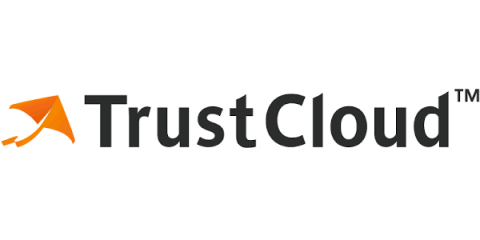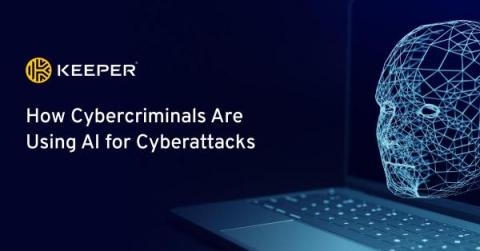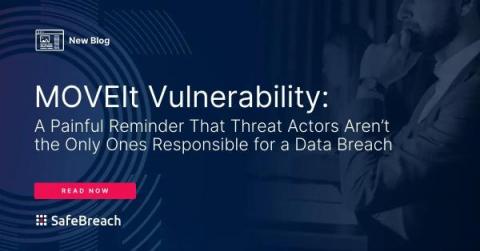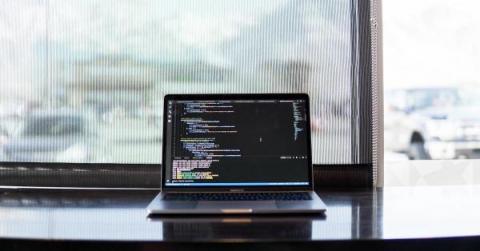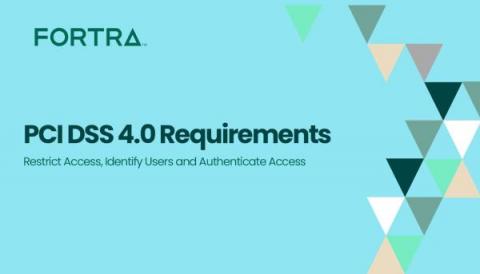Security | Threat Detection | Cyberattacks | DevSecOps | Compliance
Latest News
Innovations in Siding Technology
Beyond the Basics: How Can Proxies Be Used?
How Cybercriminals Are Using AI for Cyberattacks
Cybercriminals are using AI to carry out various cyberattacks including password cracking, phishing emails, impersonation and deepfakes. It’s important you understand how cybercriminals are using AI to their advantage so you can better protect yourself and family, as well as your accounts and data. Continue reading to learn about AI-enabled cyberattacks and what you can do to keep yourself safe.
MOVEIt Vulnerability: A Painful Reminder That Threat Actors Aren't the Only Ones Responsible for a Data Breach
The MOVEIt data breach continues to impact a number of both private and government groups across the US and Europe by exposing confidential data. With breaches like this becoming increasingly common, it can be easy to blame advanced persistent threat (APT) groups and other malicious actors; however, there is a valuable lesson to learn from the MOVEit breach: it is essential to be proactive about these threats, Not doing so may lead to a breach.
Ransomware Gangs Exploit Three Zero-Day Vulnerabilities in MOVEit
In quick succession at the end of May into mid-June, software developer Progress released three advisories that any customers using its popular managed file transfer (MFT) solution MOVEit should immediately update to the latest release. In this time, they were made aware of three critical vulnerabilities, CVE-2023-34362 on May 31, CVE-2023-35036 on June 9, and CVE-2023-35708 on June 15.
The FTC's 5 Most Common Text Scams
The U.S. Federal Trade Commission (FTC) has published a data spotlight outlining the most common text message scams in 2022. Below are the top five text scams reported by the FTC: Phony bank fraud prevention alerts were the most common type of text scam last year.
Is AI-Generated Disinformation on Steroids About To Become a Real Threat for Organizations?
A researcher was alerted to a fake website containing fake quotes that appeared to be written by himself. The age of generative artificial intelligence (AI) toying with our public personas has truly arrived. As cybersecurity professionals we must ask, what are the implications of fake-news-at-scale-and-quality for individuals and organizations?
Insider Risk Hits Closer to Home
If you’re busy securing the perimeter, mandating strong authentication practices, and restricting software downloads, you may be missing the mark. (Just to be clear: if you are doing those things, keep it up. You’re off to a good start, and none of what follows here replaces classic and vital cybersecurity measures.) Protecting your organization from outside threats is foundational to any effective cybersecurity strategy.
PCI DSS 4.0 Requirements - Restrict Access, Identify Users and Authenticate Access
In the early days of computer networking, the idea of restricted permissions was shunned. Network administrators could access every system in the environment. In some extreme cases, a CEO would demand full administrative access to a network, thinking that this would protect against a rogue employee. As you can imagine, this set up a point of failure beyond logic.


